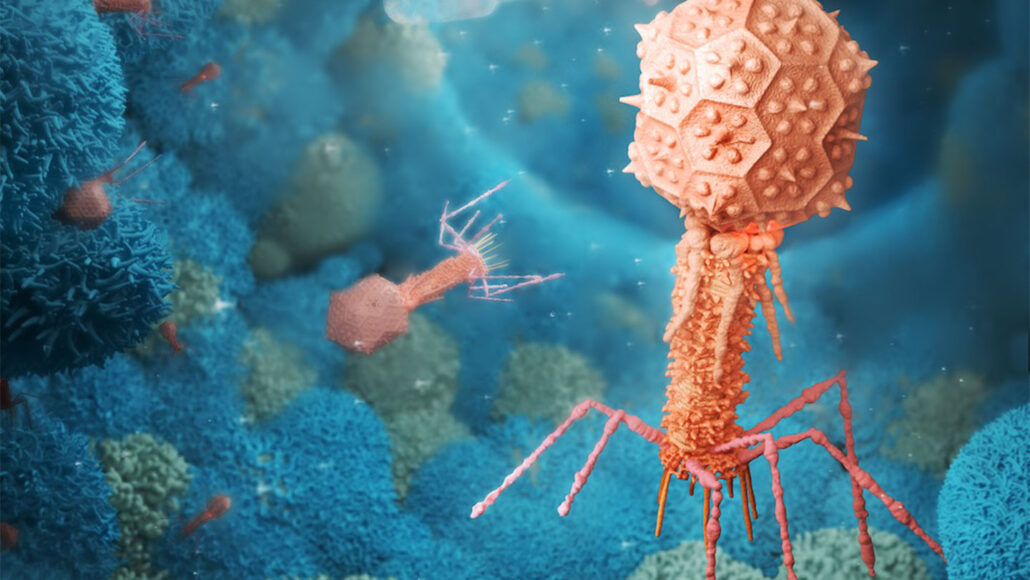Could Human Cancer Cells Use Bacteria-Targeting Viruses as an Energy Source?

The human body is a diverse ecosystem of microorganisms starting from our nose to our lungs and even our guts. This vast microbial ecosystem becomes the perfect breeding ground for viruses that infect and kill bacteria. The interaction of these bacteriophagic viruses with human cells has been a mystery to scientists.
Through past studies, it has been established that human cells absorb bacteriophagic viruses when a cell ingests a substantial amount of the liquid that surrounds it. Hardened microbiologist Jeremy Barr contemplated if the ingested viruses possess any repercussions on the cell's immune response.
Taking everyone by surprise, Barr discovered that lab-grown mammalian cancer cells use the viruses as a source of nutrition. The findings, presented in PLOS Biology's Oct. 26 issue, indicate that mammalian cells can utilize these bacteriophagic viruses as fuel and it is possible that normal, non-cancerous cells could do the same, though it is yet to be proven.
This groundbreaking study from Barr, who is based at Monash University in Melbourne, Australia, challenges the traditional biological beliefs. The widely accepted belief that bacteriophages do not interact with mammalian cells is partially untrue as Barr says, "They do."
Bacteriophages, the viruses that kill bacteria, are plentiful in the human body. Our body cells consume up to 30 billion phages every day, estimates Barr. To understand this interaction between phages and mammalian cells better, human and canine cancer cells were subjected to experiments, owing to their easy cultivation in labs. The cells were grown in a bacteriophage T4 filled environment, which is a regular virus that preys on E. coli.
The researchers then employed a series of antibodies, with each corresponding to a specific type of protein, to identify the proteins created by the cells in response to the phage. Contrary to expectations of seeing more proteins participating in inflammation, which is part of the cell's immune response, they observed changes in the quantity of proteins participating in cell growth and division. The observations indicated that cells provided with phage were growing at a faster rate, suggesting that the phages were being used as a food source.
Since the cells used in this study originated from established cell lines and were grown in a lab, it's still uncertain if cells in human and other mammal bodies would exhibit similar behavior, warns Paul Bollyky, an immunologist at Stanford University. He further adds that it could be challenging to generalize.
Bollyky, however, expresses his excitement about the study, stating that it is a stimulating and pathbreaking study from a group undertaking exemplary work. The study raises many questions, which is a sign of good science.
Barr plans to investigate further whether non-cancerous cells from a living animal also feed on phages. He also intends to study more phages, primarily those that reside in our guts and those used in phage therapy. Therapy is a treatment where viruses are used instead of antibiotics to eradicate infectious bacteria. He poses the question, "We know they kill the bacterial hosts, but what are they doing to the human host?" How do they interact?"
The article was made possible with the support of the readers.




